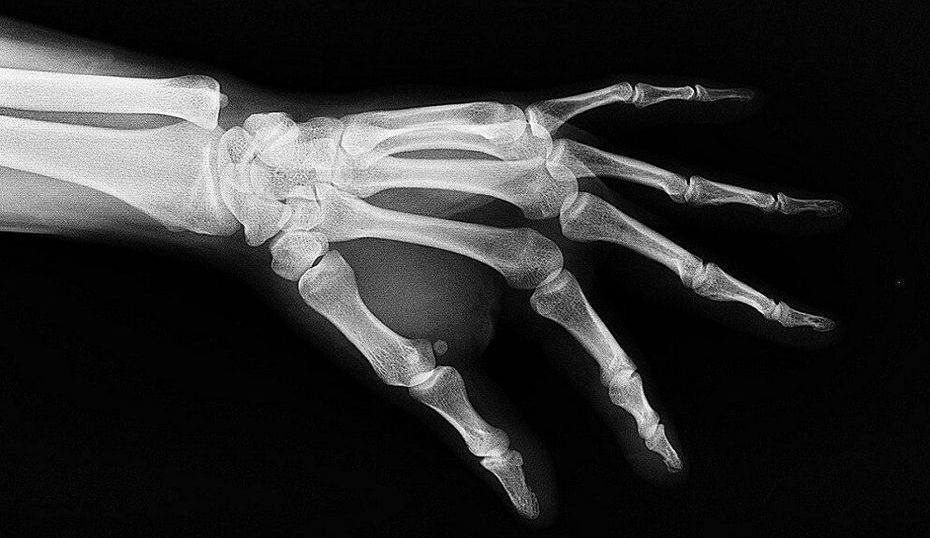York University researchers have discovered a way to make Lithium-powered batteries more environmentally friendly while retaining performance, stability and storage capacity.
Lithium-ion batteries use toxic, heavy metals which can impact the environment when they are extracted from the ground and are difficult to dispose of safely. Cobalt is one of those heavy metals, used in battery electrodes. Part of the problem is that lithium and cobalt are not abundantly available, and supplies are dwindling.
Using organic materials are the way forward and that has scientists like Professor Thomas Baumgartner of the Faculty of Science and his team busy developing and testing new molecules to find the right ones to replace the rare metals currently in use.









